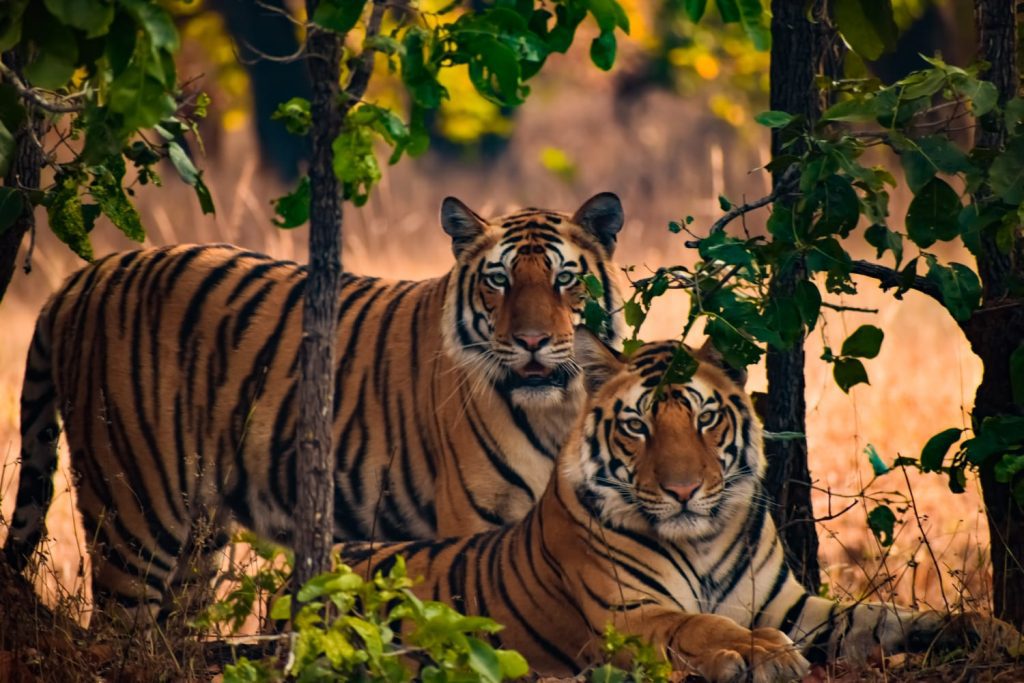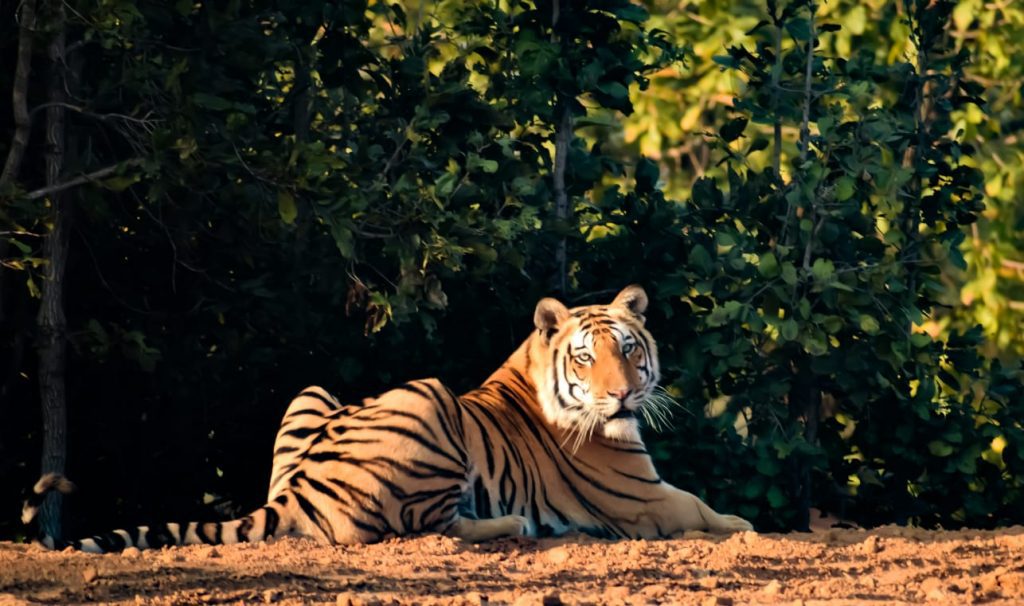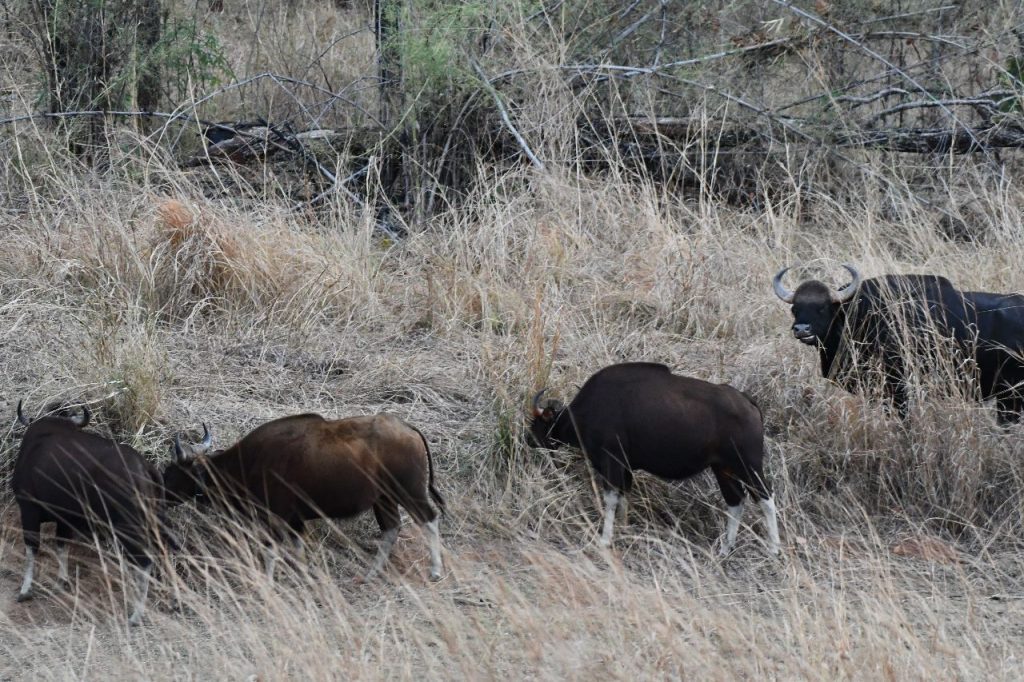In the heart of India lies a remarkable testament to conservation efforts, the Sanjay Tiger Reserve (STR). Spanning across an area of 2,300 square kilometres, this pristine wilderness in the state of Madhya Pradesh is a symbol of hope, determination, and the resilience of nature. With a rich biodiversity, including the majestic Bengal tiger, the success story of the Sanjay Tiger Reserve is one that inspires the world.
What started as a handful of tigers has now become a family of over 41 tigers in STR, all because of the never-ending efforts put in by the forest department and the administration. Indian Masterminds exclusively spoke with the Deputy Director of the reserve, Mr. Hari Om, to understand more about the success story of STR.

HISTORY
STR has its roots going back to the 50s when the Dubri Wildlife Sanctuary was established, which was soon converted to Sanjay National Park in 1981. Gradually, Dubri and Sanjay merged to form Sanjay Tiger Reserve, which was officially established in 1975.
The journey of STR begansssssss when a male tiger was brought here from Panna as a residential animal and as the funding increased, after the launch of the project tiger, a further 22-23 tigers, were brought into the reserve from different spaces, expanding the family to now 41.
“It was an incremental effort of so many staff members and officers and I am proud to announce that today we have a stable population with sufficient male and female tigers involved in healthy breeding,” Mr. Om told Indian Masterminds.
As healthy breeding continues and little cubs take birth in the reserve, it becomes very essential to keep them safe and protected to keep their mortality rate in check. The forest department provides exceptional care to this factor which is the reason behind having over 17-18 healthy cubs in the reserve today.

CONSERVING AND PROTECTING
The Forest Department also takes special steps to protect and conserve the tigers in the reserve. Following NTCA’s guidelines provided by Project Tiger, STR has come forward to assign patrolling workers in every beat of the forest who will keep everything in check.
Furthermore, efforts have been made to make deeper grasslands in the reserve to induce a healthy prey population. This was done with the help of villagers who were convinced to relocate from the areas in order to expand the forest.
“As of now, 31 villages have been relocated resulting in a good prey population in the region,” shared the officer.

AVOIDING HUMAN-ANIMAL CONFLICT
The journey towards creating the Sanjay Tiger Reserve was not without its challenges. The region faced threats of deforestation, poaching, and illegal wildlife trade. The local communities were struggling, and human-wildlife conflicts were on the rise. The situation demanded immediate action, and that’s when the forest department stepped in to protect this natural treasure.
One of the first crucial steps was engaging with local communities and raising awareness about the importance of conserving their natural heritage. Recognizing the significance of their involvement, the authorities initiated community-based conservation programs. By involving local residents in the decision-making process and offering them alternative livelihood opportunities, the reserve began to gain their support.
Simultaneously, anti-poaching measures were intensified. Well-trained forest guards were employed to patrol the reserve and protect its inhabitants, including the precious Bengal tigers. Advanced technology, such as camera traps and drones, was also incorporated into the monitoring process. The combination of community participation and robust anti-poaching efforts led to a significant reduction in illegal activities within the reserve.
“To protect the villagers from man-eating animals, we cleared out the greens from the periphery of the village and arranged for bright solar lights on the boundaries of the village and the houses, to keep the animals away. Furthermore, continuous monitoring was done along with raising awareness about the protection of animals and their own safety,” shared the officer.

A SUCCESSFUL INTERVENTION
Where there was minimal wildlife presence and hardly a few tigers in STR around 2006, there stands an army of the majestic creature today. Mr. Om praises his frontline staff for the same and acknowledges the support of the central and the state government in the increase of the tiger population.
The Tiger Reserve has also recently introduced around 44 Bisons in the range and their population is continually increasing.

Today, the Sanjay Tiger Reserve stands tall as a shining example of successful conservation. It is not only a sanctuary for endangered wildlife but also a source of pride for the local communities who have embraced the principles of coexistence with nature. The reserve’s success has also inspired similar initiatives in other parts of the country, reaffirming the belief that determined efforts and genuine collaboration can make a significant difference.

































